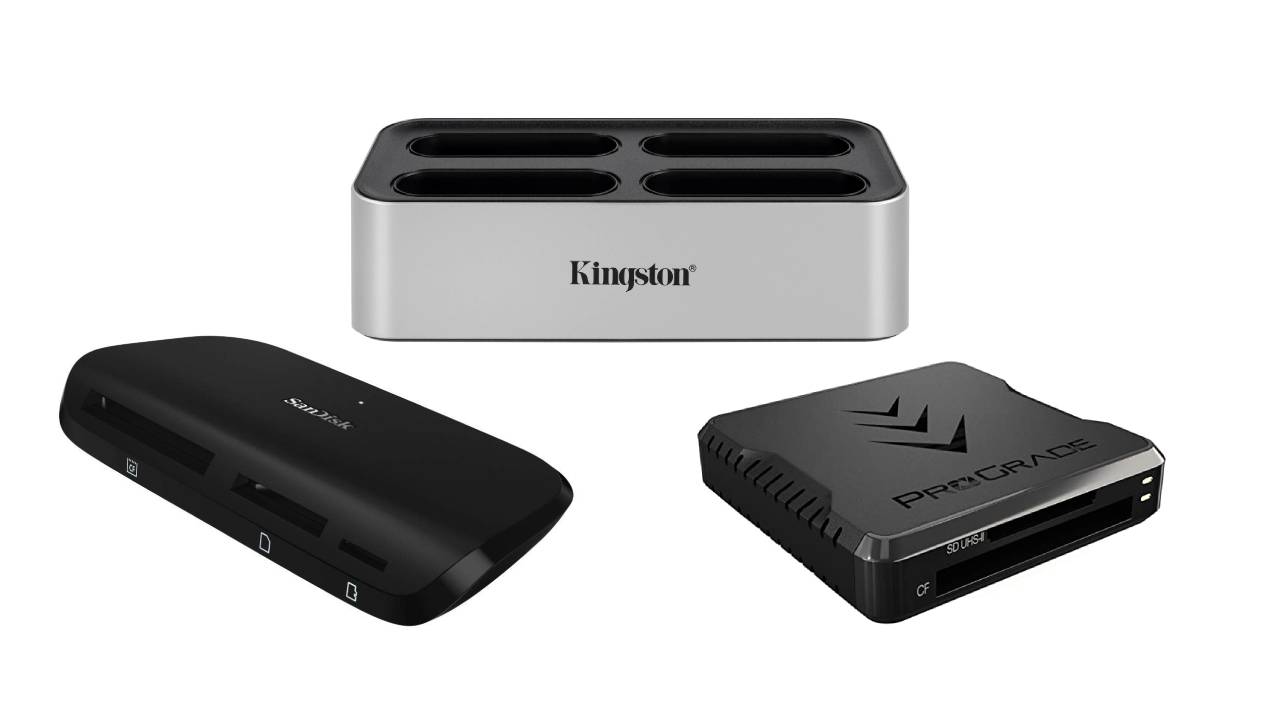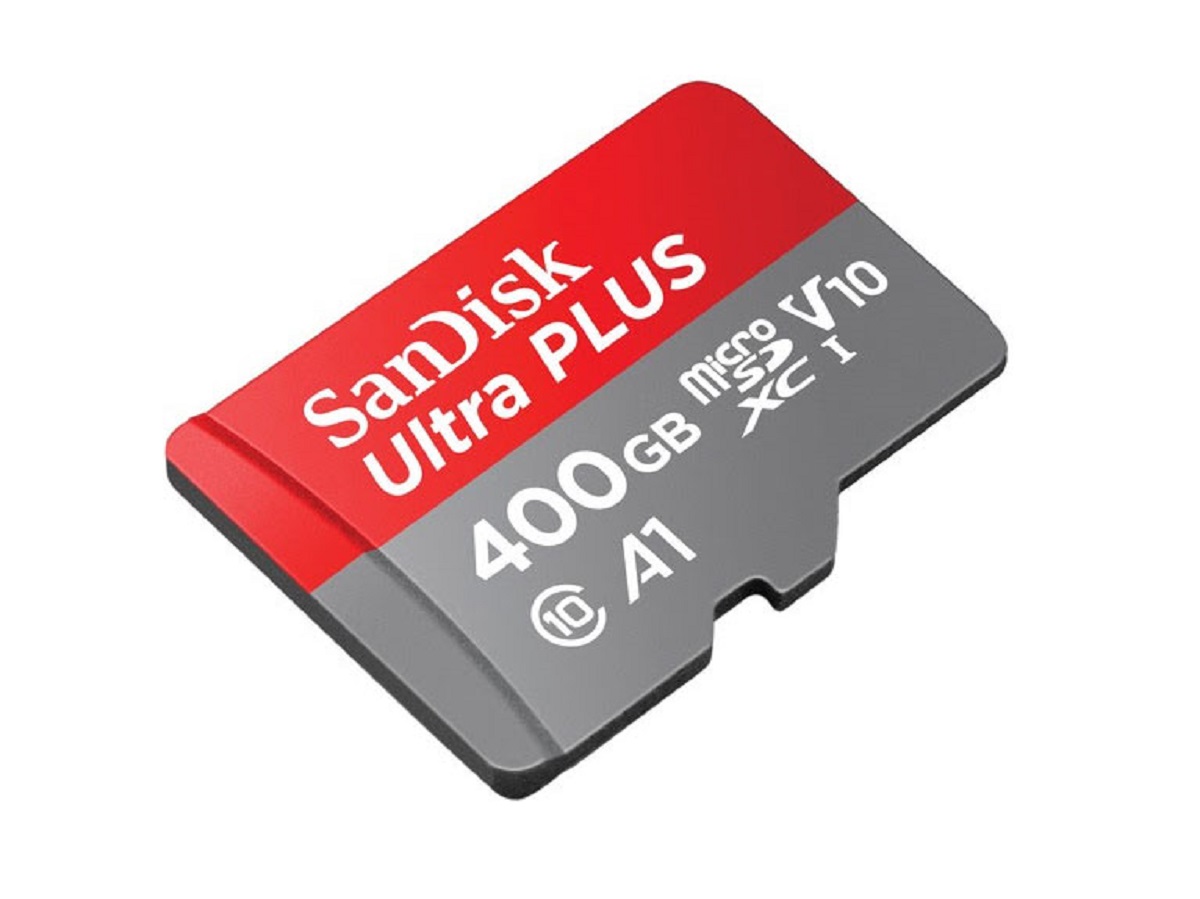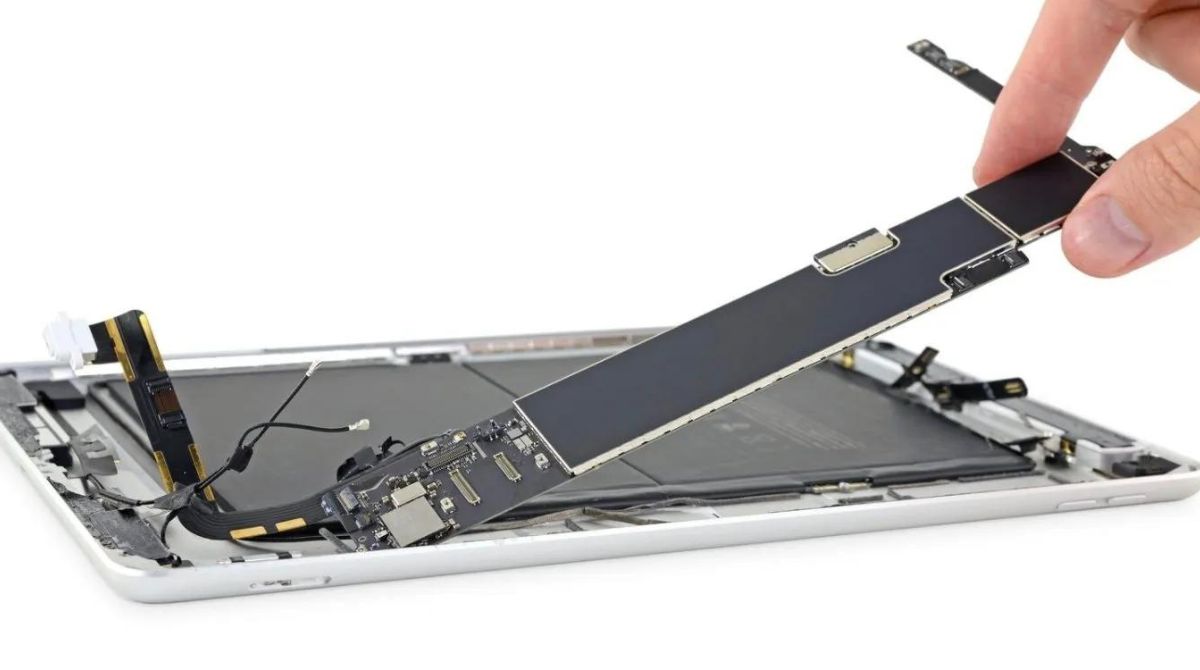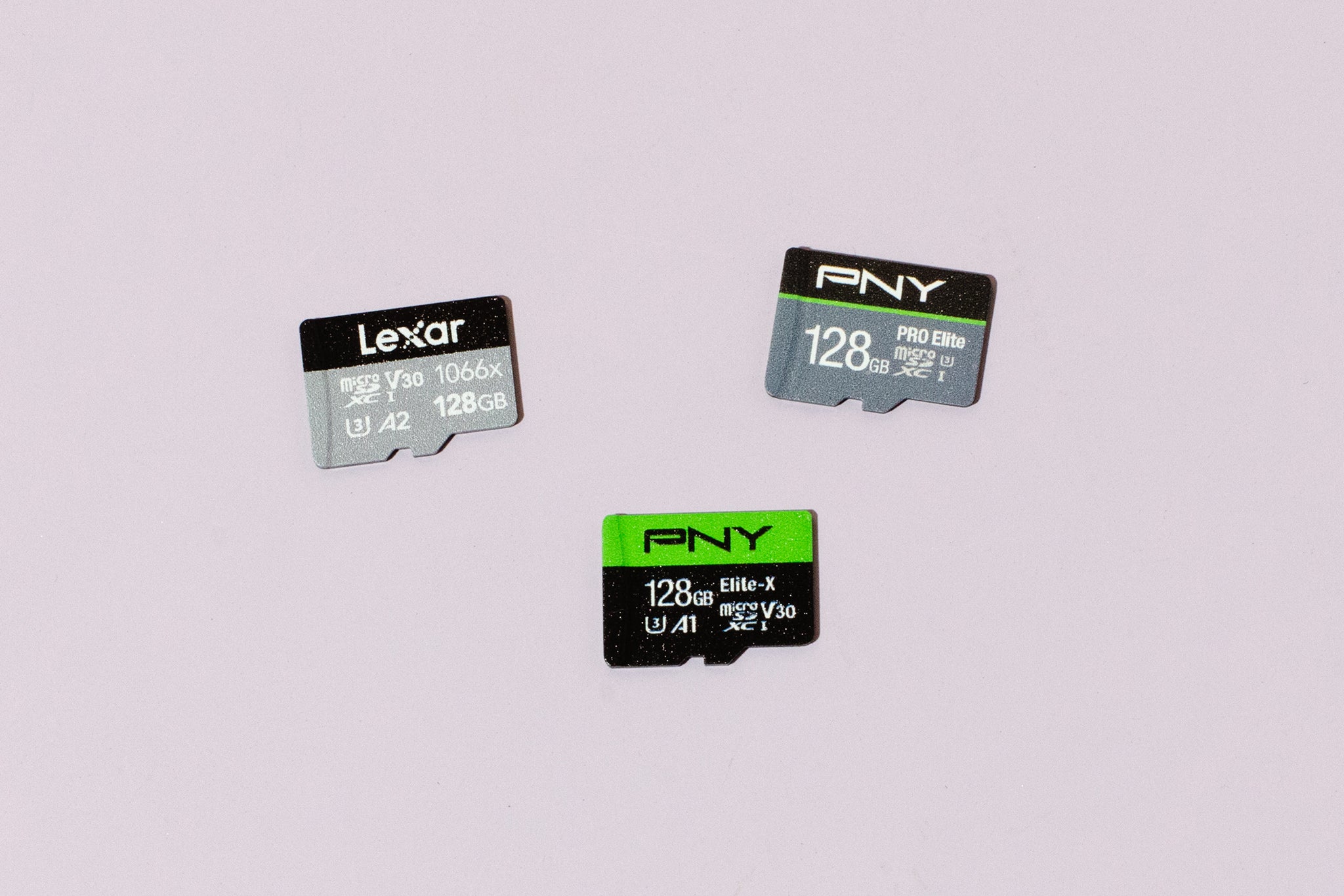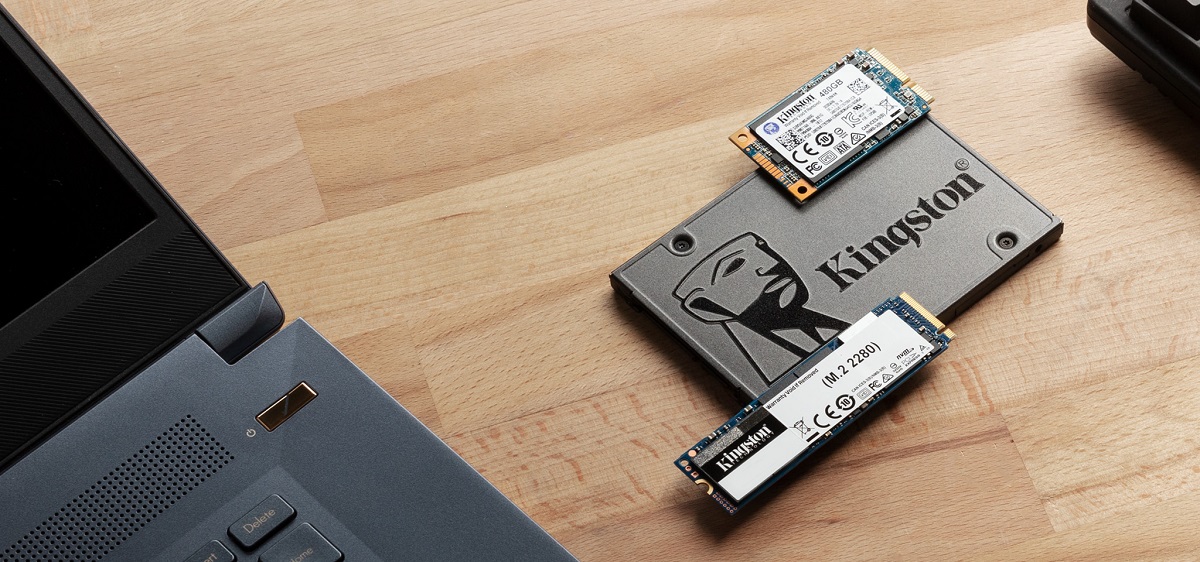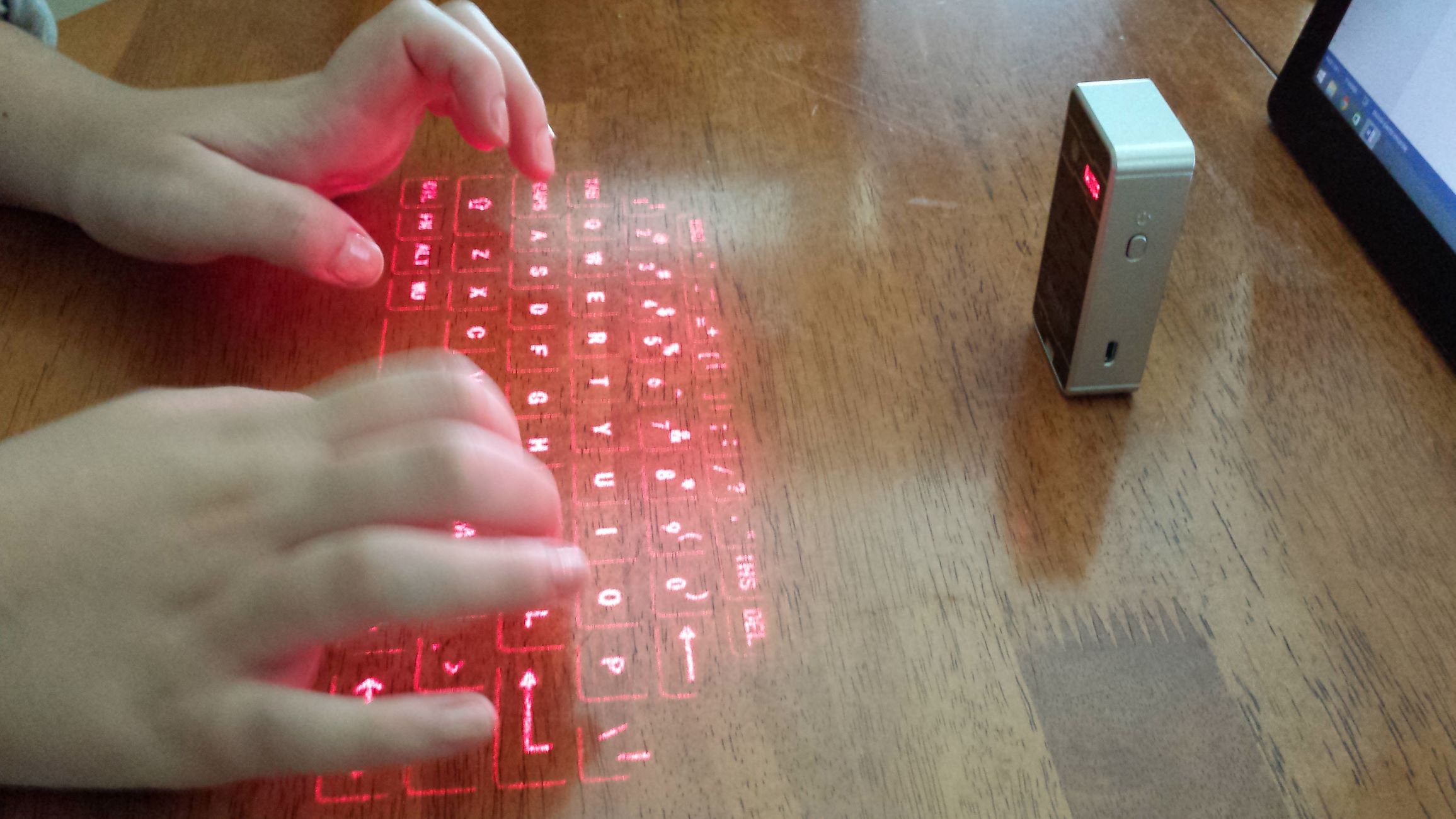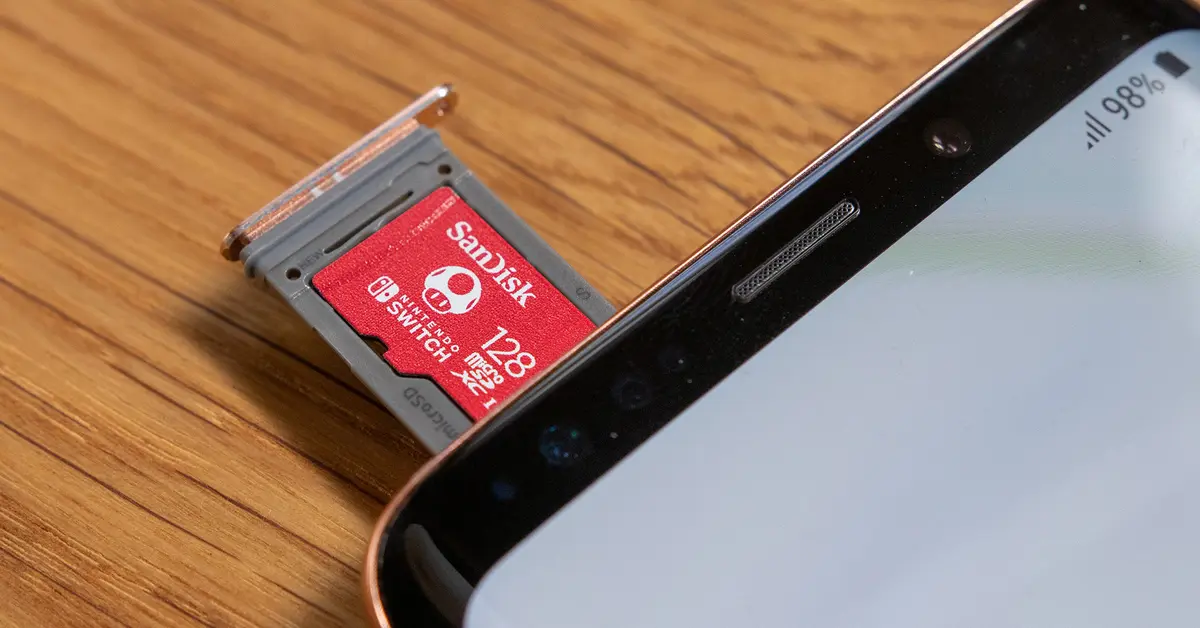Introduction
Welcome to the world of tablets, where sleek devices combine portability, functionality, and entertainment all in one. Whether you’re an avid reader, a gaming enthusiast, or a professional on the go, tablets have become an essential tool in our everyday lives. As you explore the vast array of tablet options available, one important consideration is how much memory a tablet needs to meet your specific needs.
Memory plays a crucial role in the performance and usability of a tablet. It determines how many applications, files, photos, and videos you can store on the device. Having the right amount of memory ensures smooth multitasking, seamless app launches, and quick access to your favorite content without any stutters or lags.
When it comes to tablet memory, there are different types to be aware of. The two primary types are RAM (Random Access Memory) and storage memory. RAM is responsible for temporarily storing data and running apps, while storage memory is used for long-term storage of files, apps, and media.
How much memory you need largely depends on your usage patterns and preferences. For casual users who primarily use their tablets for web browsing, streaming music, and watching videos, a tablet with 2GB to 4GB of RAM and 16GB to 32GB of storage memory should suffice. These capacity ranges are suitable for basic tasks and everyday activities.
On the other hand, if you’re a power user who frequently engages in resource-intensive tasks such as gaming, photo/video editing, or running multiple apps simultaneously, you may benefit from a tablet with 4GB to 6GB of RAM and 64GB to 128GB of storage memory. This increased capacity allows for smoother performance, faster app loading times, and ample storage space for your extensive media library.
Before making a decision on how much tablet memory you need, it’s crucial to assess your specific requirements. Ask yourself how you plan to use the tablet on a daily basis. Will you be saving large files, downloading multiple apps, or working with memory-intensive software? Evaluating these factors will help you determine the right tablet memory size for your needs.
Aside from your personal usage patterns, there are other factors to consider before purchasing a tablet with more memory. Budget is a significant consideration, as tablets with higher memory capacities tend to be more expensive. Additionally, the operating system and pre-installed apps also consume a portion of the available memory, so it’s important to factor this into your decision-making process.
Now that we understand the significance of tablet memory and how to assess our needs, let’s explore the benefits of opting for a tablet with higher memory capacity.
How much memory does a tablet need?
Choosing the right amount of memory for your tablet is crucial to ensure optimal performance and storage capacity. The amount of memory you require depends on your specific usage patterns and preferences. Let’s delve into the different factors that can help you determine the ideal tablet memory size.
For light users who primarily use their tablets for browsing the internet, checking emails, and occasional media consumption, a tablet with 2GB to 4GB of RAM and 16GB to 32GB of storage memory should be sufficient. This capacity allows for smooth web browsing, basic app usage, and storage of a moderate number of photos, videos, and documents.
However, if you engage in more resource-intensive tasks such as gaming, editing videos or photos, or running multiple apps simultaneously, it is recommended to opt for a tablet with higher memory capacities. Tablets with 4GB to 6GB of RAM and 64GB to 128GB of storage memory offer better performance, faster app loading times, and ample space to store large files and media libraries.
Content creators, professionals, and heavy multimedia users, who rely on their tablets for tasks such as video editing, graphic design, or music production, may benefit from tablets with even larger memory capacities. Tablets with 8GB to 16GB of RAM and 256GB to 512GB of storage memory provide the necessary headroom for seamless multitasking, storing large projects and files, and accommodating extensive media libraries.
In addition to determining your usage patterns, consider the longevity of your tablet. Investing in a tablet with a higher memory capacity allows your device to remain relevant and capable of running newer, more memory-demanding applications and updates for an extended period. This ensures that your tablet can keep up with evolving technology and your future needs.
It’s worth noting that external factors can also impact the amount of memory you need. For example, if you frequently work with cloud storage solutions or have access to a reliable internet connection, you may opt for a tablet with lower memory capacities, as you can rely on cloud-based storage for your files. Similarly, if you have the habit of regularly transferring content to a computer or external storage device, you may choose a tablet with less onboard memory.
When making your decision, it’s important to strike a balance between your usage patterns, storage requirements, and budget. Be realistic about your needs and consider future growth to ensure that your tablet’s memory capacity can meet your evolving demands.
Now that you have a better understanding of how much memory a tablet needs based on usage patterns and preferences, let’s explore the benefits of choosing a tablet with a higher memory capacity.
Different types of tablet memory
When it comes to tablet memory, there are two primary types to consider: RAM (Random Access Memory) and storage memory. Understanding these different types can help you make an informed decision when choosing the right tablet for your needs.
RAM: RAM is responsible for temporarily storing data and running apps on your tablet. It functions as a working area for your device’s operating system and applications. The more RAM your tablet has, the better it can handle multitasking, app switching, and overall performance. Tablets typically come with RAM capacities ranging from 2GB to 8GB or even higher for more powerful and premium models.
Storage memory: Storage memory, also known as internal storage or ROM (Read-Only Memory), is where your tablet stores files, apps, and media for long-term use. It is the space available to save your downloaded apps, videos, photos, documents, and other content. Tablets usually offer storage capacities ranging from 16GB to 512GB or more. Some high-end tablets may also have expandable storage options through micro SD cards.
It’s important to note that the operating system and pre-installed apps also consume a portion of the available memory. For example, if your tablet has 32GB of storage memory, the actual usable space may be slightly less due to the operating system and built-in apps occupying some of it. Therefore, it’s advisable to consider devices with higher storage capacities if you plan to store a large amount of media, install numerous apps, or work with memory-intensive applications.
Another type of memory worth mentioning is virtual memory, which is a technique used by the operating system to simulate additional memory when the RAM capacity is limited. Virtual memory allows the tablet to use storage memory as temporary RAM when needed. While it provides a workaround to overcome RAM limitations, relying heavily on virtual memory can slow down the tablet’s performance, so it’s important to have sufficient RAM for optimal functioning.
When choosing a tablet, it’s essential to consider both RAM and storage memory capacities. If you’re a heavy app user or engage in memory-intensive tasks like gaming or media editing, prioritize tablets with higher RAM capacities. On the other hand, if you require ample storage space for your media library or work-related files, opt for tablets with higher storage memory capacities.
Now that we understand the different types of tablet memory and their significance in device performance, let’s explore how to assess your needs and determine the ideal tablet memory size.
Assessing your needs: How to determine the right tablet memory size
Choosing the right tablet memory size requires a careful assessment of your needs, considering factors such as your usage patterns, the type of applications you use, and the amount of media content you plan to store. Here are some key considerations to help you determine the ideal tablet memory size:
Usage patterns: Start by analyzing how you plan to use your tablet. Are you simply browsing the web, checking emails, and using social media? Or do you engage in more resource-intensive tasks like gaming, video editing, or running multiple apps simultaneously? Light users can typically get by with smaller memory capacities, while power users will benefit from tablets with higher memory sizes.
App requirements: Take note of the types and sizes of apps you frequently use. Some apps, particularly games, multimedia editing tools, and professional software, require more memory to run smoothly. Check the memory requirements of your most-used apps and choose a tablet that can comfortably handle them without experiencing frequent lags or crashes.
Media storage: Consider the amount of media content you plan to store on your tablet. If you have a large collection of photos, videos, music, or documents, you will need sufficient storage memory to accommodate them. Assess the size of your media library and choose a tablet that offers enough storage capacity to store your files without running out of space.
Future growth: Anticipate your future needs when determining tablet memory size. While you may currently have moderate requirements, keep in mind that memory-intensive apps and updates may be released in the future. Choosing a tablet with a slightly higher memory capacity can future-proof your device, allowing it to handle new and demanding applications down the line.
Budget: Consider your budget when deciding on tablet memory size. Higher memory capacities usually come with a higher price tag. It’s important to prioritize your needs and find a balance between memory size and affordability. Assess the cost difference between different memory options and determine if the additional memory is worth the investment for your specific requirements.
By evaluating your usage patterns, app requirements, media storage needs, future growth, and budget, you can determine the right tablet memory size that caters to your individual needs. Remember that every user is unique, so what works for someone else may not necessarily be the ideal choice for you. Take the time to understand your preferences and prioritize the features that matter most to ensure a seamless and satisfying tablet experience.
Now that we have assessed how to determine the right tablet memory size, let’s explore the benefits of opting for a tablet with higher memory capacity.
Factors to consider before buying a tablet with more memory
When considering a tablet with a higher memory capacity, there are several important factors to take into account. Understanding these factors will help you make an informed decision and ensure that the tablet you choose meets your specific needs. Here are some key considerations to keep in mind:
Usage requirements: Evaluate your specific usage requirements and determine if you truly need a tablet with more memory. Consider the types of tasks you perform, the apps you use, and the amount of storage space you require. If you engage in memory-intensive activities such as gaming, media editing, or running multiple apps simultaneously, opting for a tablet with higher memory capacity can greatly improve your overall experience.
Budget: Higher memory capacities often come at a higher price. Before investing in a tablet with more memory, assess your budget and determine if the additional cost is justifiable based on your usage patterns. If you are a casual user with limited storage needs, opting for a lower memory capacity tablet may be a more cost-effective solution without compromising your experience.
Future-proofing: Consider your future needs and potential growth when deciding on tablet memory capacity. While you may currently have minimal storage requirements, keep in mind that applications and media files tend to increase in size over time. Opting for a tablet with higher memory capacity ensures that you have enough space to accommodate future updates, apps, and media files without constantly running out of storage.
Operating system and built-in apps: Take into account the storage space that the tablet’s operating system and pre-installed apps will consume. These elements occupy a portion of the available memory, reducing the actual space available for your files and apps. Be aware of the size of the operating system and bundled apps and factor it into your decision-making process when selecting a tablet with more memory.
Expandable storage options: Some tablets offer expandable storage options, such as a micro SD card slot. If you anticipate needing more storage capacity in the future, choosing a tablet with expandable storage can be a cost-effective solution. This allows you to increase the device’s memory without having to invest in a new tablet entirely.
Brand and model reputation: Consider the reputation of the tablet brand and model you intend to purchase. Research customer reviews, expert opinions, and ratings to ensure that the tablet with higher memory capacity you select is reliable, well-built, and performs optimally. Look for a brand that has a track record of producing high-quality devices with good customer support.
By considering these important factors, you can make an informed decision when purchasing a tablet with more memory. Assess your usage requirements, budget, future growth potential, the impact of the operating system, and expandable storage options if available. Taking all these factors into account will help you select a tablet that offers the right balance of performance, storage capacity, and value for your specific needs.
Now that we have explored the factors to consider before buying a tablet with more memory, let’s delve into the benefits offered by choosing a tablet with a higher memory capacity.
Benefits of a tablet with higher memory capacity
Opting for a tablet with a higher memory capacity can bring several benefits and enhance your overall tablet experience. Let’s explore the advantages of choosing a tablet with more memory:
Improved performance: Tablets with higher memory capacity generally offer smoother and faster performance. With more RAM available, the device can handle multitasking more efficiently, allowing you to switch between apps seamlessly and run memory-intensive tasks without experiencing significant slowdowns or lags. This improved performance enhances your productivity and maximizes the potential of your tablet.
Seamless multitasking: Tablets with higher memory capacity enable you to run multiple apps simultaneously without compromising performance. Whether you’re browsing the web, streaming videos, checking emails, or engaging in resource-intensive tasks like gaming or media editing, having more memory ensures that your tablet can handle the demands of simultaneous app usage without sacrificing speed or causing crashes.
Ample storage space: A tablet with higher storage memory allows you to store a larger number of apps, files, photos, videos, and documents. This means you can download and install more apps, save an extensive media library, and work with larger files. Having ample storage space ensures that you don’t constantly have to delete files or worry about running out of room, providing a hassle-free and convenient experience.
Smooth media playback and editing: Tablets with higher memory capacity excel in handling media playback and editing tasks. Whether you’re watching high-definition videos or editing photos and videos, more memory allows for faster rendering, smoother playback, and efficient processing. This translates into a more enjoyable media consumption and editing experience without any noticeable stutters or performance issues.
Future-proofing: Choosing a tablet with more memory can future-proof your device to some extent. As technology evolves and new applications emerge, they tend to demand more memory to run optimally. By investing in a tablet with higher memory capacity, you ensure compatibility with upcoming apps and updates without the need for a frequent upgrade or replacement. This can save you money in the long run and extend the lifespan of your tablet.
Flexibility for professional use: If you intend to use your tablet for professional purposes, such as graphic design, video editing, or running memory-intensive software, opting for a tablet with higher memory capacity is crucial. These tasks often require significant memory resources to ensure smooth performance and efficient execution. A tablet with more memory ensures that you can work with complex projects and data without experiencing performance bottlenecks or limitations.
By choosing a tablet with higher memory capacity, you gain access to improved performance, seamless multitasking, ample storage space, enhanced media playback/editing capabilities, future-proofing, and increased flexibility for professional use. Assess your specific needs and consider these benefits when making a decision on the tablet memory capacity that best suits you.
Now that we have explored the benefits of a tablet with higher memory capacity, let’s discuss whether it is possible to increase tablet memory after purchase.
Can you increase tablet memory after purchase?
One common question that arises when considering tablet memory is whether it is possible to increase the memory after the initial purchase. Unlike desktop computers, tablets generally have limited options for expanding memory due to their compact and portable nature. However, there are certain considerations to keep in mind:
Non-expandable memory: Many tablets, especially those designed by Apple, have sealed designs with non-expandable memory. This means that once you purchase a tablet with a specific memory capacity, you cannot upgrade or expand it. These devices typically have fixed internal storage, and the memory configuration is fixed during the manufacturing process.
Expandable memory options: While most tablets do not offer expandable memory, there are exceptions. Some Android tablets and a few Windows-based tablets feature micro SD card slots. These allow you to insert a memory card to expand the device’s storage capacity. However, it’s essential to check the specifications of the tablet before purchasing to ensure that it supports expandable storage. Keep in mind that not all apps or media files can be stored on an external memory card, so it’s important to consider how you plan to utilize the additional storage.
Cloud storage options: If your tablet’s memory cannot be expanded, cloud storage can be a useful alternative. Many cloud storage providers offer free or paid plans that allow you to store your files, documents, and media content in the cloud. By leveraging cloud storage, you can free up space on your tablet while still having access to your files whenever you need them, as long as you have an internet connection.
Given the limitations on expanding tablet memory, it’s crucial to carefully consider your storage needs before making a purchase. Evaluate how much storage capacity you realistically require and whether the tablet’s memory options align with your needs. If you anticipate requiring more storage capacity in the future, it may be prudent to select a tablet with a higher memory configuration upfront.
Lastly, it’s important to note that while memory expansion options may be limited, you can optimize your tablet’s memory usage. Keep your device clean by regularly deleting unnecessary apps, files, and cache data. Make use of cloud storage and transfer files to a computer or external storage device as needed to free up space. By managing your tablet’s memory effectively, you can maximize its performance and storage capabilities.
Now that we have explored the possibility of increasing tablet memory after purchase, let’s delve into popular tablets and their memory options.
Popular tablets and their memory options
When it comes to tablets, there are numerous options available from different manufacturers, each offering a range of memory configurations to cater to various user needs. Let’s take a look at some popular tablets and their memory options:
Apple iPad:
Apple offers a wide range of iPad models, each with different memory configurations. The base models typically start with 32GB or 64GB of storage memory, with higher-end options offering 128GB or even 256GB of storage. However, keep in mind that iPads have a fixed memory configuration, and it is not possible to expand the memory after purchase.
Samsung Galaxy Tab:
Samsung’s Galaxy Tab series is known for its variety of options and expandability. Many models come with a base storage of 32GB or 64GB, with the added benefit of expandable storage via a micro SD card slot. This allows you to increase the tablet’s memory by inserting a memory card, giving you the flexibility to choose the storage capacity that suits your needs.
Microsoft Surface Pro:
The Microsoft Surface Pro line offers a range of tablets that cater to different usage requirements. They typically start with a base storage capacity of 128GB or 256GB, with higher-tier options reaching 512GB or even 1TB. While the memory capacity cannot be expanded, Microsoft provides cloud storage options through OneDrive to supplement the tablet’s storage capability.
Amazon Fire HD:
The Amazon Fire HD tablets offer an affordable option for casual users. They come with choices of 16GB or 32GB of storage memory, with the added benefit of expandable storage via a micro SD card slot. This allows you to increase the tablet’s storage capacity by adding a memory card.
Google Pixel Slate:
The Google Pixel Slate is a powerful and versatile tablet that typically starts with a 64GB or 128GB storage capacity. While the memory configuration is fixed, Google offers cloud storage options through Google Drive to supplement your storage needs.
These are just a few examples of popular tablets and their memory options. It’s important to explore the specifications of different tablet models and consider the memory configurations they offer. Assess your specific needs and determine the storage capacity that aligns with your usage patterns and requirements.
Now that we have explored popular tablets and their memory options, let’s conclude our discussion on tablet memory.
Conclusion
Choosing the right tablet memory size is essential to ensure optimal performance, ample storage capacity, and a satisfying user experience. Assessing your needs, considering usage patterns, app requirements, and storage needs are vital steps in determining the ideal tablet memory size.
While tablets generally have limited options for expanding memory, some models offer expandable storage options through micro SD card slots. Evaluating the possibility of increasing tablet memory after purchase and utilizing cloud storage solutions can help augment the available storage capacity.
Popular tablets like the Apple iPad, Samsung Galaxy Tab, Microsoft Surface Pro, Amazon Fire HD, and Google Pixel Slate offer different memory configurations to cater to various user needs. It’s important to research and review the specifications of these tablets, considering factors like base storage capacity, expandability, and cloud storage options, before making a decision.
Investing in a tablet with a higher memory capacity brings several benefits, including improved performance, seamless multitasking, ample storage space, efficient media playback and editing, future-proofing, and increased flexibility for professional use.
By carefully evaluating your needs, usage patterns, budget, future growth potential, and considering the device’s specifications, you can select a tablet that offers the right balance of performance, storage capacity, and value to meet your specific requirements.
Now armed with knowledge about tablet memory and its impact on your tablet experience, you can confidently make an informed decision and choose a tablet that will enhance your productivity, entertainment, and enjoyment for years to come.









